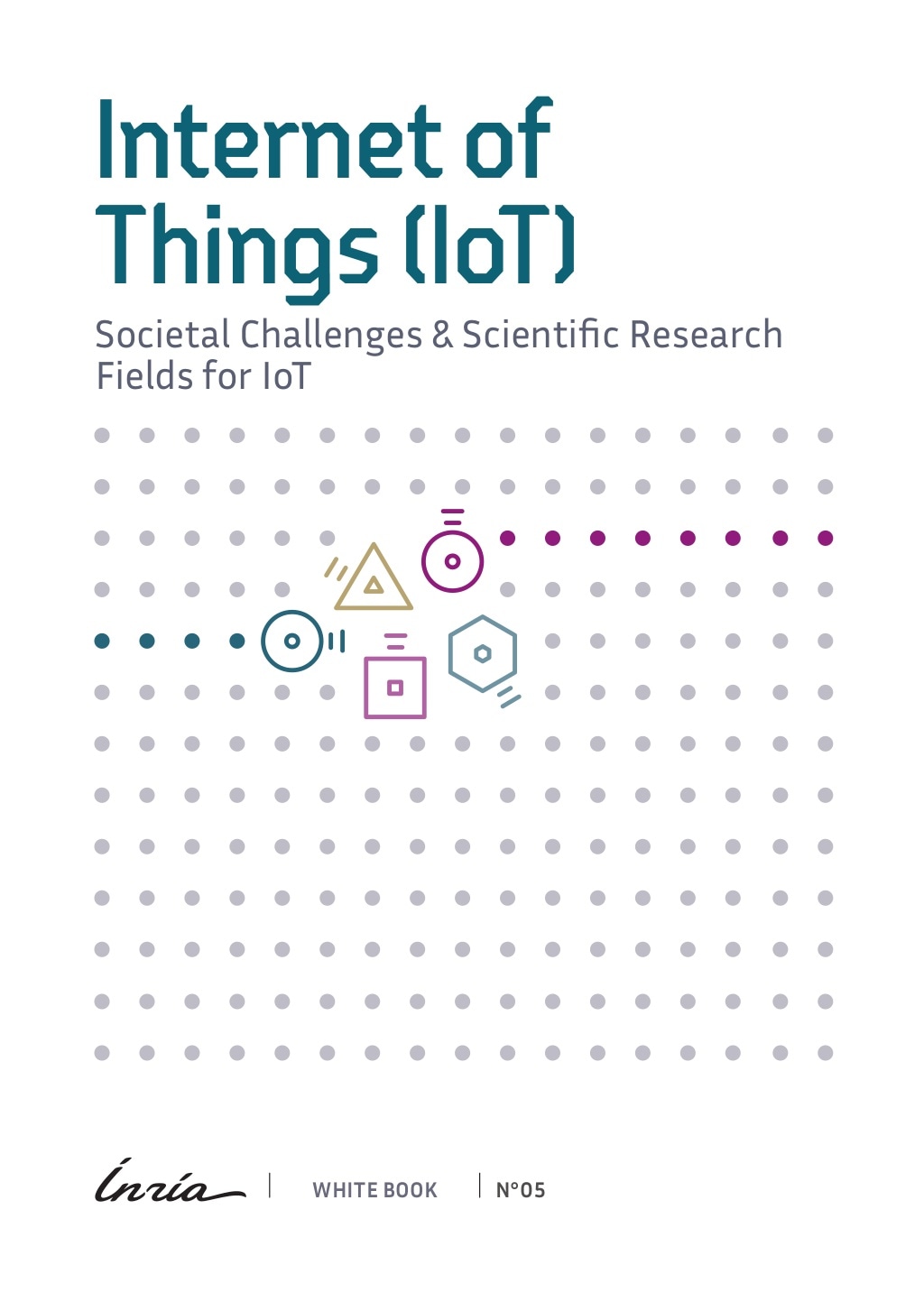Leveraging high-end IoT devices’ advents
High-end IoT devices are one of the most important instances of the connected devices supporting a noteworthy shift towards mobile Internet access.
As our lives become more dependent on pervasive connectivity, our social patterns (as a human being in the Internet era) are nowadays being reflected from our real-life onto the virtual binary world.
These give birth to two tendencies. From one side, edge networks can now be utilized as mirrors to reflect the inherent human dynamics, their context, and interests thanks to their well-organized recording and almost ubiquitous coverage. From the other side, social norms and structure dictating human behavior (e.g., interactions, mobility, interest, cultural patterns) are now directly influencing the way individuals interact with the network services and demand resources or content.
The integration of the heterogeneity and uncertainty of behaviors in networking solutions is required and becomes essential!
For this, useful knowledge allowing the understanding of behaviors and context of users has to be extracted and delivered out of large masses of data. Such knowledge has to be then integrated into current design practices. This brings the idea of a more tactful networking design practice where the network is assigned with the human-like capability of observation, interpretation, and reaction to daily life features and entities involving high-end IoT devices.
Research activities here include the following three main complementary activities:
- the quest for meaningful data, which includes the integration of data from different sources, the need for scaling up data analysis, the usage, and analysis of fine-grained datasets, or still, the completion of sparse and coarse-grained datasets;
- expanding edge networks’ usage understanding, which concerns analysis on how and when contextual information impact network usage, fine-grained analysis of short-term mobility of individuals, or the identification of patterns of behavior and novelty-seeking of individuals;
- human-driven prediction models, extensible to context awareness and adapted to individuals’ preferences in terms of novelty, diversity, or routines.





